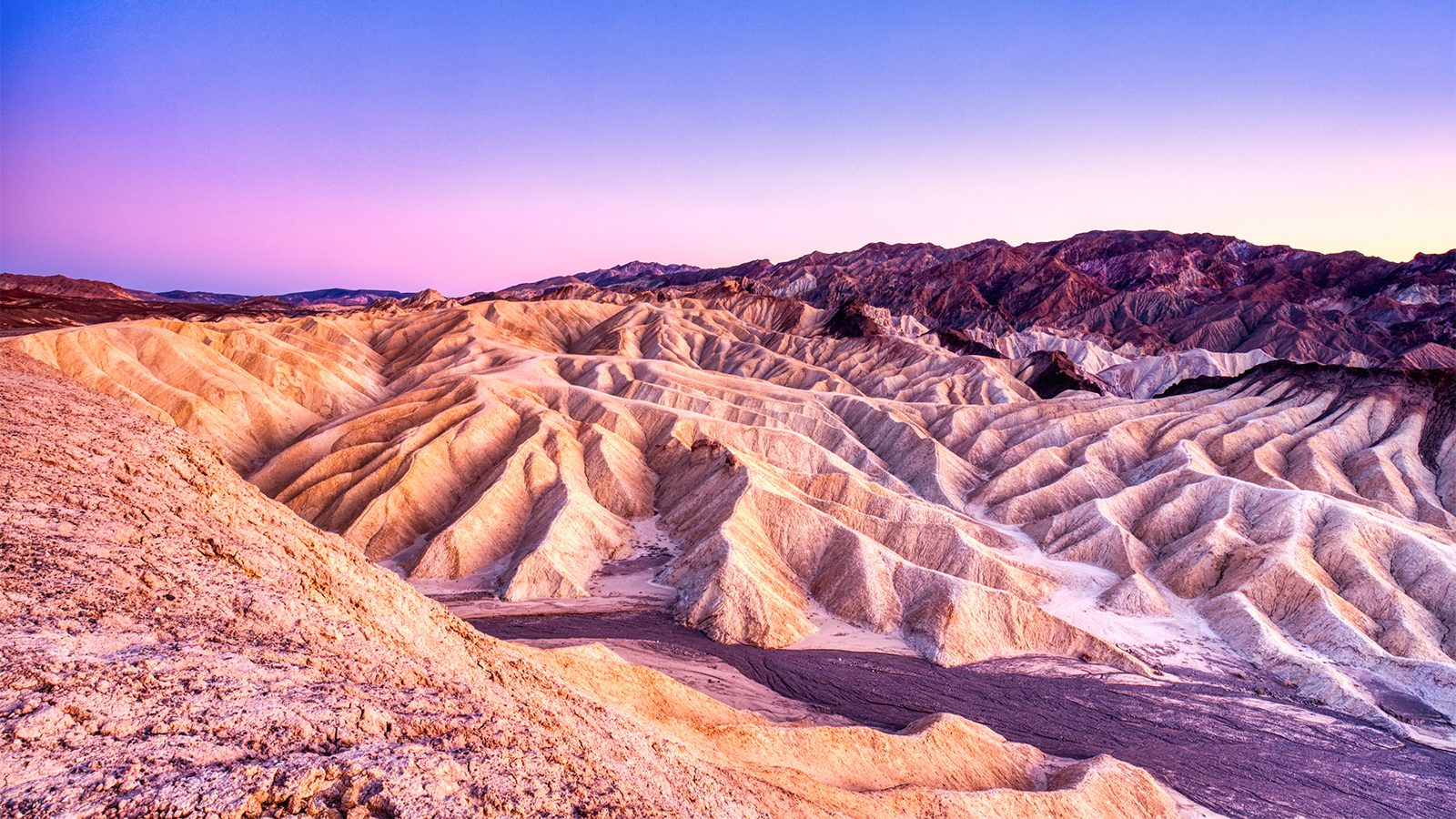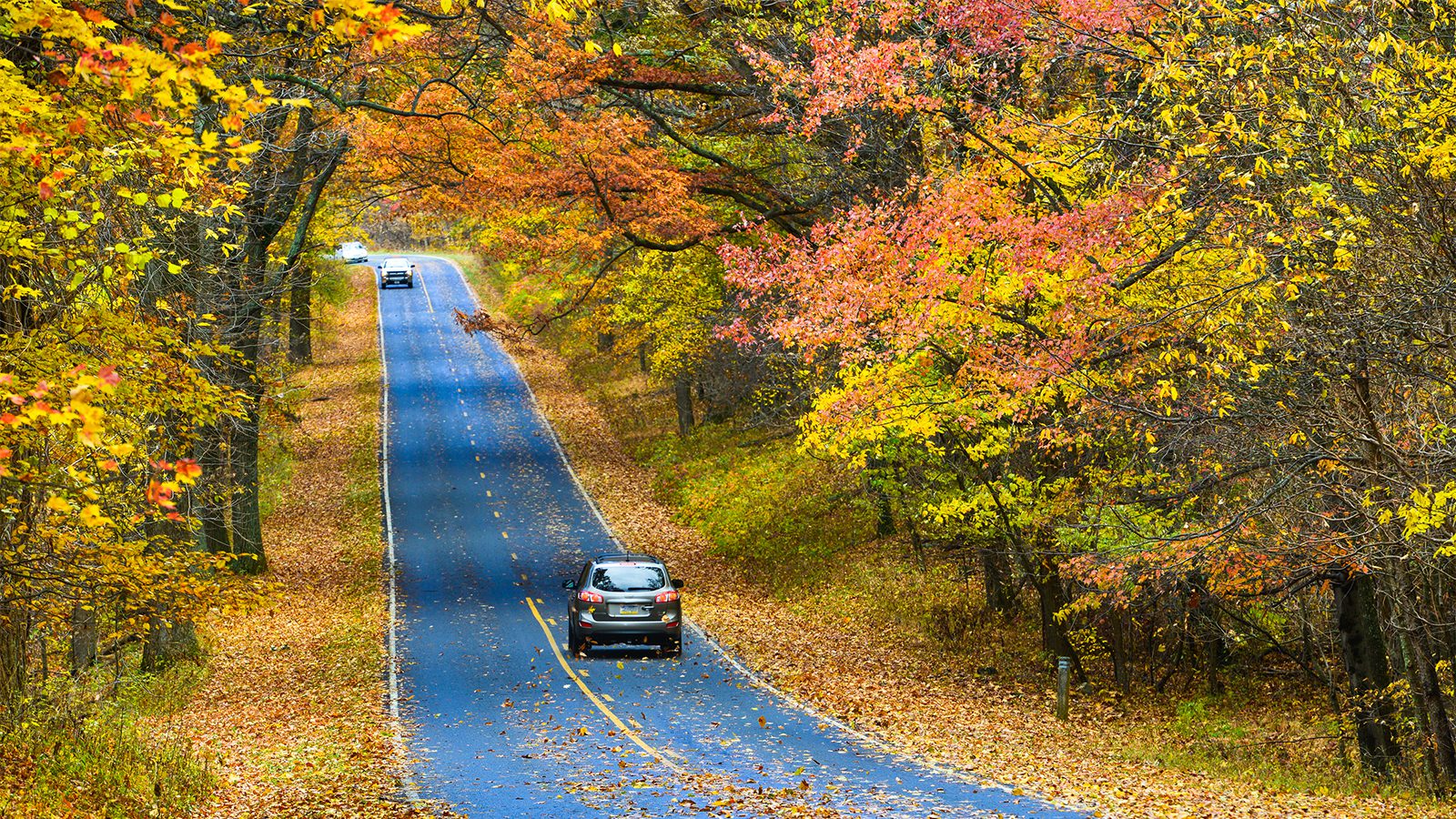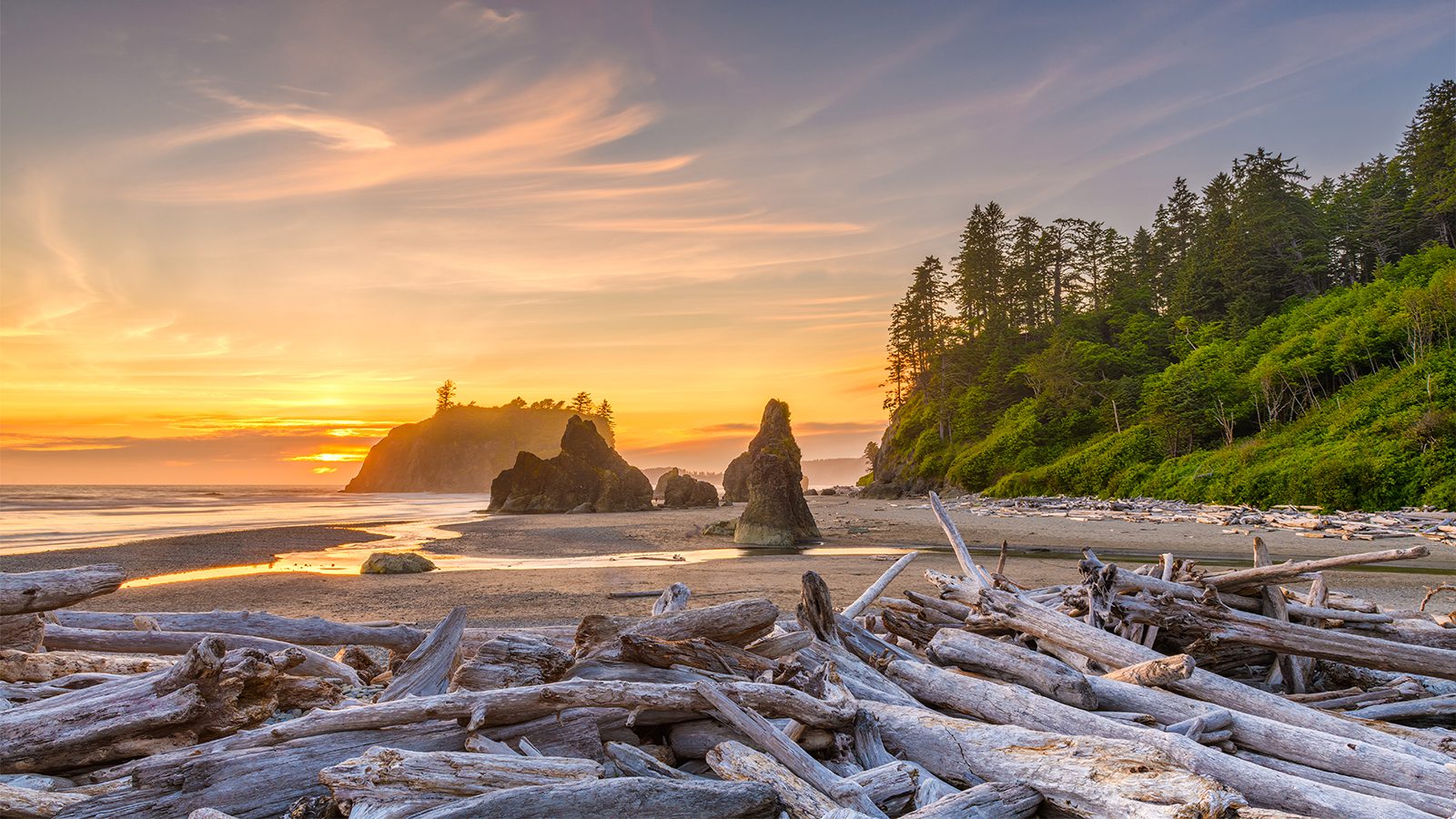Sequoia and Kings Canyon National Parks are open for visitors every day of the year, but each season in the parks allows for a unique experience.
This is what you can expect when you visit Sequoia and Kings Canyon during a given season.
The climate at Sequoia and Kings Canyon National Parks is very unique. It can be categorized into five different systems according to the Köppen climate classification system, from the highest to lowest elevation areas;
- Tundra (ET)
- Mediterranean-influenced Subarctic climate (Dsc)
- Mediterranean-influenced warm-summer Humid continental climate (Dsb)
- Warm-summer Mediterranean climate (Csb)
- Hot-summer Mediterranean climate (Csa)
You’ll need to plan and pack your clothing and gear accordingly, depending on the elevation that you’re planning to visit.
Average monthly temperature and precipitation
Seasons in Sequoia Kings Canyon National Park
Summer (21 June to 22 September)
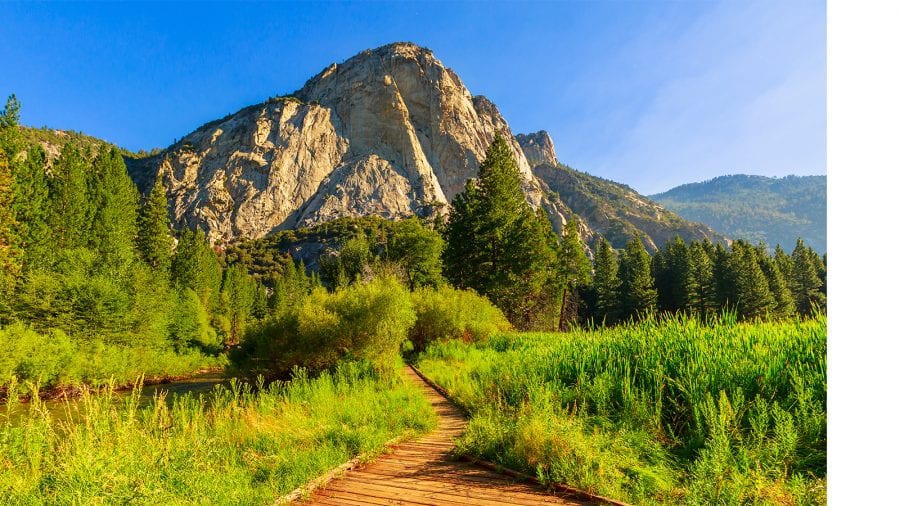
The summer months of June to August are by and large the most popular time of year to visit Sequoia and Kings Canyon.
This is because it offers the nicest weather conditions and the best chance for snow-free roads.
It’s important to note that while summer temperatures in the sequoia groves and the High Sierra are comfortable and enjoyable, it can be very, very hot in the foothills, especially at campgrounds like Potwisha Campground and Buckeye Flat Campground.
This hot weather increases the likelihood of forest fires, which tend to become more and more abundant by late summer. Therefore, it’s important to pay attention to the local fire and smoke conditions before departing for your trip.
Additionally, since the summer months are so popular in Sequoia and Kings Canyon, reservations at reservable campsites are a must. If you’re opting for a first-come, first-served campsite, be sure to arrive early in the morning (by 9 or 10 am) to claim your spot.
Read More : What Should I Pack for Summer Camping?
Fall (23 September to 20 December)
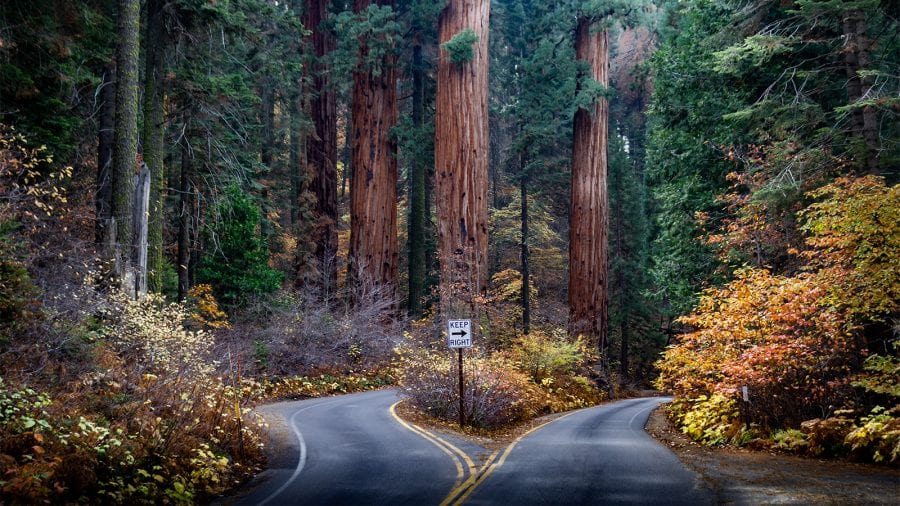
Fall in Sequoia and Kings Canyon starts around mid-September when nighttime temperatures tend to cool quickly.
Hot, sunny days in the High Sierra can be followed by a storm, and light snow starts to fall around October.
If you’re looking to beat some of the crowds or venture into the backcountry, early fall is a great time to visit Sequoia and Kings Canyon. Although many facilities in the park close or reduce their hours, including the Mineral King and Cedar Grove areas, much of the park is still open and accessible before the first major snowfall.
Be mindful that early fall is the prime wildfire season in the Sierra Nevada. The park can close at any time due to poor air quality or dangerous conditions, so pay attention to the weather and fire conditions before and during your trip.
Winter (22 December to 19 March)
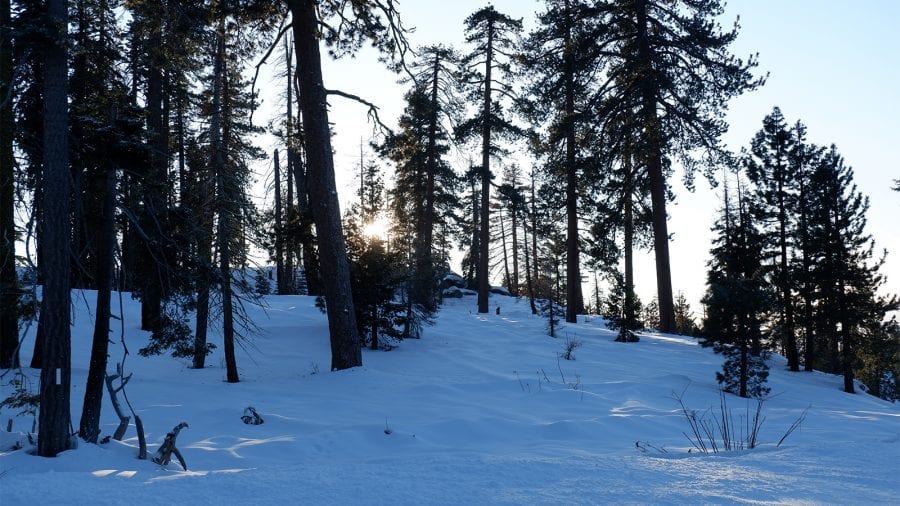
Sequoia and Kings Canyon National Parks become a peaceful wonderland during the winter months of late November to early April.
Snowfall turns sequoia groves into a truly magical place in the winter, though temperatures are cold and the weather is unpredictable.
If you do want to venture into the park during the winter, pack tire chains and know how to use them, as they are often required on park roads. There are quite a few year-round campgrounds in the foothills that are often snow-free in the winter for you to enjoy.
Read More : What Should I Pack for Winter Camps?
Spring (20 March to 20 June)
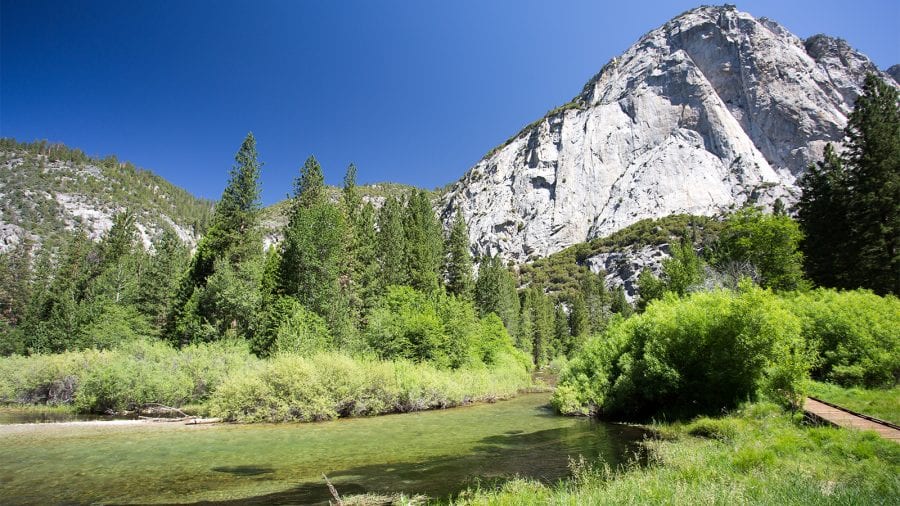
The start and end of the spring season in Sequoia and Kings Canyon depend greatly on elevation.
At the lowest elevations, spring can start as early as April while spring snowmelt can continue in the high mountains until mid-June.
By May or June, most of the sequoia groves are snow-free, but late spring storms are always possible, so pack your tire chains.
The spring months are a particularly good time to check out the wildflowers in some of the parks’ meadows or to check out the waterfalls, like Tokopah Falls and Mist Falls, which flow at their highest capacity during this time.
Gaby Pilson
Gaby is a professional mountain guide with a master’s degree in outdoor education. She works primarily in the polar regions as an expedition guide, though she can be found hiking, climbing, skiing, sailing, or paddling in some of the world’s most amazing places when not at work.
